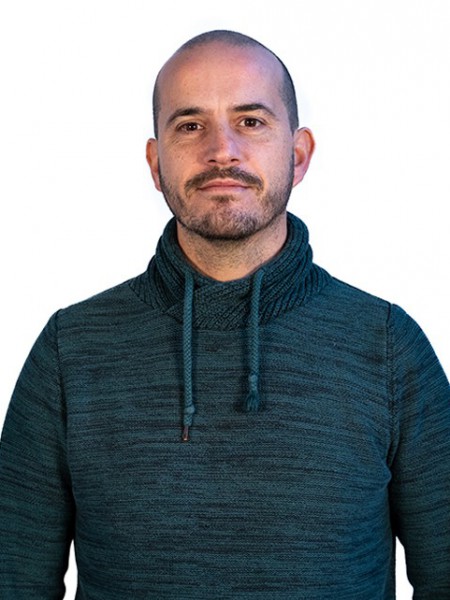resumo
The high toxicity and occurrence of ochratoxin A (OTA) in grains and foods has been a growing concern due to the impacts on health and the economy in many countries. In this sense, simplified devices with high sensitivity and specificity for local monitoring are enthusiastically pursued. In this work, we report for the first time the detection of ochratoxin A in coffee samples using a spoon-shaped waveguide immunosensor. The biosensor was built with the surface of the spoon-shaped waveguide covered by a 60 nm layer of gold to enable the SPR phenomenon. The measurements indicated a linear relationship between the change in the SPR phenomenon values and the OTA concentration in the range from 0.2 ppt to 5 ppt. When analyzed in coffee samples, the biosensor was highly selective and did not suffer matrix interference. The developed biosensor represents a promising analytical device for coffee quality analyses, as it is portable, simple, and suitable for onsite detection of target analytes.
palavras-chave
HIGHLY-SENSITIVE DETECTION; PHOTOLUMINESCENCE IMMUNOSENSOR; POLYPYRROLE FILM; BIOSENSOR; WINE; SPR
categoria
Chemistry
autores
Silva, TD; Arcadio, F; Zeni, L; Martins, R; de Oliveira, JP; Marques, C; Cennamo, N
nossos autores
agradecimentos
We gratefully acknowledge the financial support from the Brazilian Ministry of Science and Technology (Grant numbers 409203/2022-0) and the Foundation for the Support of Research and Innovation of Espirito Santo (Grant numbers 1019/2022) . This work was developed in the framework of DigiAqua Project PTDC/EEI-EEE/0415/2021. C. Marques (ref.: 2021.00667.CEECIND; DOI: 10.54499/2021.00667.CEECIND/CP1659/CT0015) and R. Martins (ref.: 2021.00386.CEECIND; DOI: 10.54499/2021.00386.CEECIND/CP1659/CT0011) are funded by national funds (OE) , through the Portuguese Foundation for Science and Technology (FCT) . We acknowledge the financial support of i3N (LA/P/0037/2020, UIDB/50025/2020, UIDP/50025/2020), CICECO (UIDP/50011/2020, UIDB/50011/2020) and CESAM (UIDP/50017/2020 + UIDB/50017/2020 + LA/P/0094/2020) funded by national funds through the FCT.


